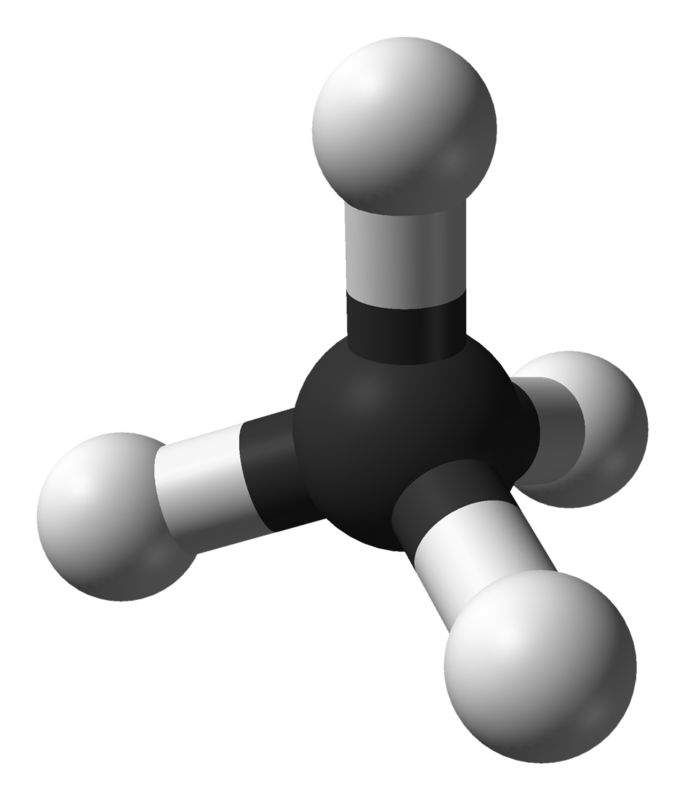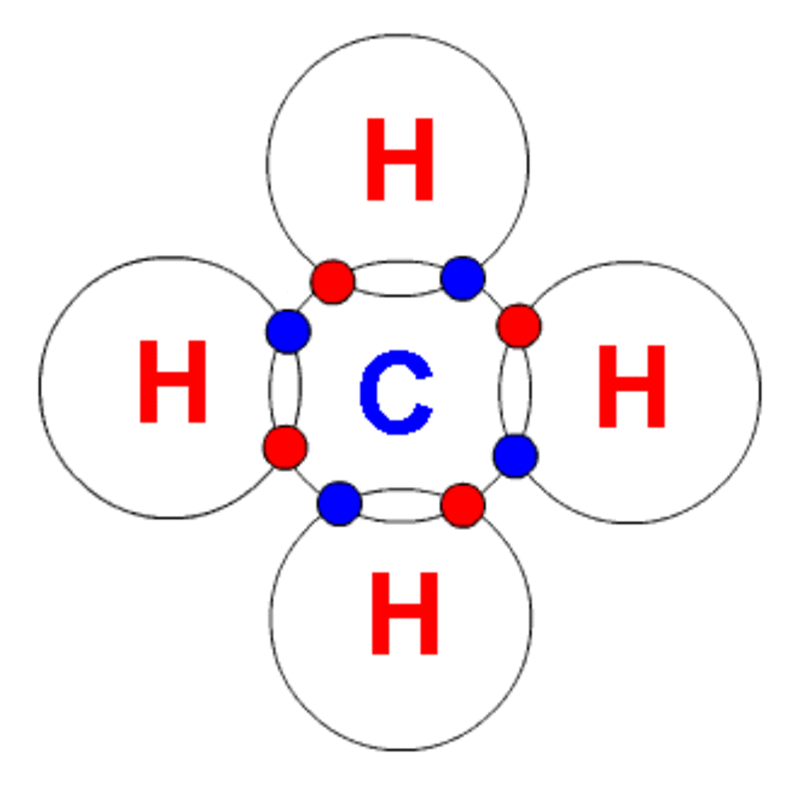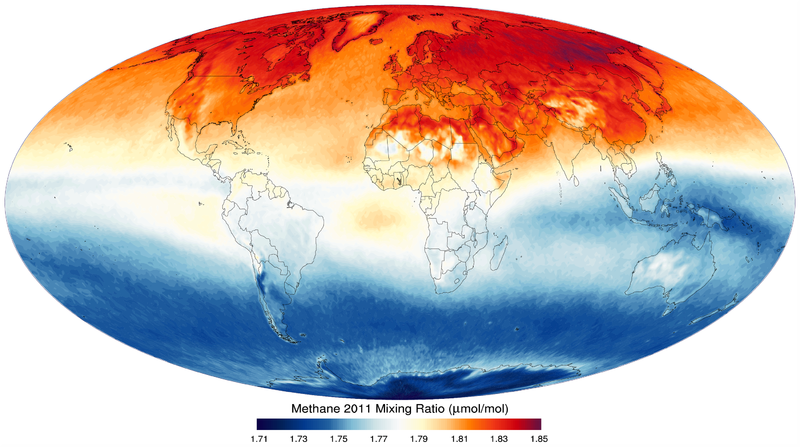Let's first discuss the dangers and disasters that happened here. The biggest concern is fire. Natural gas is the main cause of fires here on the Signal Hill Oil field. It sometimes leaks out of the earth, especially when there is already an oil rig where it can escape very easily. This is a concern because oil rigs have a lot of moving parts that touch each other. Thus, overtime can create an electric spark and igniting the natural gas on fire. This makes a very large explosion which can destroy the oil rig and even kill workers. Even rubbing your socks on the carpet would be enough to ignite the natural gas. So how does natural gas form?
Natural gas is formed from dead or decaying marine life. Over millions of years, the dead material is compacted as sediment falls on top of it. When it is compacted, it become dense and begins to sink into the crust. As it sinks, the temperature rises as it gets ever so closer to the earth's mantel. The heat helps separate the dead material. If the temperature is high enough, it becomes natural gas which we use in our kitchen stoves and propane tanks. When the temperature rises, it makes the dead material less dense and therefore it rises. As it cools, it slows down and eventually gets trapped by bedrock. Usually this occurs a few miles below the surface, but because California, especially southern California has many fault lines, the natural gas can make its way up to the surface.
Natural gas is a hydrocarbon molecule consisting of mostly methane. Methane is a gas on earth and it looks like this: 

Earth is too hot to have liquid methane or even solid methane. As we all know methane is very flammable. Inside of us it is the waste of bacteria that makes us toot, but in the earth it is due to dead organic matter underground. Once released from the ground it will do one of two things. Rise into the atmosphere and mix with oxogen or sink into the soil. This depends on where the oil is and if there's a link to the surface via oil rig. If it is near the surface or leaking out of an oil rig, it will rise. If the pure crude oil is deep, it will get stuck on the way up. This is due to hard bedrock. But once it is broken by an oil rig, it has a direct link to the atmosphere and leads to global warming.
It's a natural greenhouse gas, but do to exponential human activity, it has been entering the atmosphere exponential as well. When methane is added to the atmosphere, it warms the earth up, which in then warms the polar ice caps. Under the sheets of ice there, there is permafrost which is a thin layer of frozen ground that keeps methane in the ground. This layer has been frozen for thousands of years and has just recently began to melt. When it does, it adds more methane which in turn makes global warming faster which melts more permafrost which then adds more methane and so on. This phenomena is called a positive feedback loop.
Here is a map of the world with the amount of methane in the atmosphere. You can see how temperature and seasons have a major effect.

Bedrock or permafrost holds the methane naturally and when a correct mixture of methane and oxygen happens, it becomes extremely flammable both underground and on the surface. This is a 6% to 9% methane to oxygen ratio is a highly flame mixture. Once a spark occurs, no one or thing can stop it. It explodes, but not with much visible flames of fire. Once ignited, the gasses expand and a major pressure shock wave shoots away from the spark at a few hundred miles per hour.
Methane caused the many of the oil rigs in the Signal Hill area to explode and unfortunately did cause casualties. Today, we now know the danger and use precautions to lower the risk of explosions not only in Signal Hill, but also all over the globe.
In order to log this cache as a find, you MUST e-mail me the following answers BEFORE you log your visit. NO GROUP EMAILS!!! It's too hard to keep track and I believe you are cheating that way for someone in the group doing all the work. If I do receive a group email, everyone's log will be deleted.
1. Disaster on the Hill on the first line of your email.
2. Take a deep breath in. Do you smell any natural gas in the air here? If not, why do you think so?
3. Using the photo on the plaque, estimate the height of the flame burning of natural gas from the oil rig.
4. How would you extinguish a natural gas fire in the Signal Hill Oil Field?
5. Why does Signal Hill probably face the most difficult fire hazards of any city its size in the state?
6. Do you think it is possible again for another disaster to occur here again?
* NOTE - You will likely not receive an email back from me, unless I need clarification on your answers. Please, don't wait for me to tell you you have it correct or not. I do review you emails within 12 hours of getting them in my inbox and with other of my earthcaches, it has become too hard to do. As soon as you send the email, you can log this earthcache.
Works Cited
https://en.wikipedia.org/wiki/Natural_gas
https://en.wikipedia.org/wiki/Methane
http://news.softpedia.com/news/Life-May-Developed-in-Methane-s-Habitable-Zone-235225.shtml

